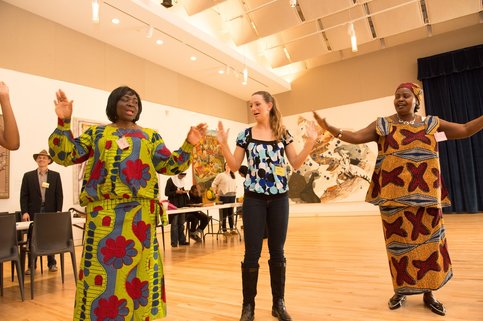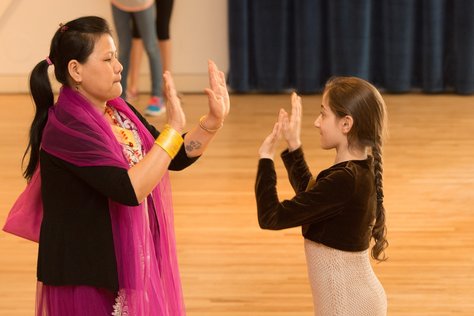...[C]itizenship—including the exercise of voting—is informed and fortified by our participation in public life and our contributions to the public imagination.
A recent article in Stanford Social Innovation Review by Deborah Cullinan of San Francisco’s Yerba Buena Center for the Arts highlights the connections between cultural participation, policy, and social change, and advocates for cultural institutions to envision and position themselves as leaders in this process of civic engagement. Cullinan explores the importance of civic engagement in driving imagination and supporting democracy in our communities. To facilitate these crucial connections, she argues, institutions must “radically reinvent” themselves as leaders in public life. Yerba Buena Center for the Arts and other cultural institutions are using their programming to build cultural movements, influence policy, and address the major issues of the time.



 RSS Feed
RSS Feed
